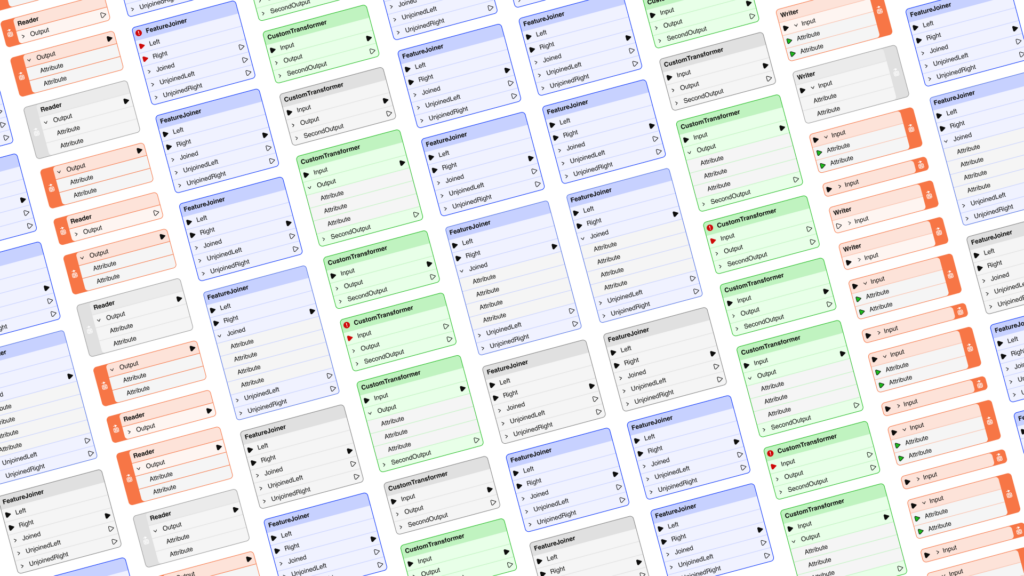Spatial Data Formats: ‘Esperanto’ vs ‘Lingua Franca’


At Safe we work hard keep on top of any developments in the wide world of spatial data formats, and this past week I noticed an interesting juxtaposition of discussions from two ends of the format complexity spectrum.

While the world of BIM is struggling with the complexity of Industry Foundation Classes (IFC), the inherent simplicity of GeoJSON seems to be enabling those in the GIS world to (live long and) prosper.
Speaking ‘Esperanto’ in the BIM World
In the BIM world, the IFC format is often held up as the Esperanto language (and format) for open, non-proprietary exchange and archive of Building Information Models. Not only does it define a format (well, two if you consider the raw ASCII and XML flavours different, which they are), but more importantly it defines a data model or vocabulary that all Building Information Models should be able to be expressed in.
Any format, which attempts to define a domain-wide complete set of primitives to express any data, faces at least two significant hurdles: (1) Is there agreement as to what the primitives mean so they can be used consistently, and (2) Are the primitives available able to satisfactorily express everything that a vendor product wants to express?
The linked articles make a strong argument that IFC alone, just like its counterparts from days gone by in the GIS world (i.e. DIGEST and SDTS) can’t quite do the job for every situation.
One way forward would be to spend more on the format, another would be to try our hand at inventing a new one (FFS? Seriously, I’m joking). But if our experience from the GIS world is to be any guide, the one true way to BIM data exchange and archive happiness is full, open, unfettered API access to the BIM applications (yes, Red Bolt, I agree with you). RealRVT anyone???
Speaking ‘Lingua Franca’ in the GIS World
At the other end of the format complexity spectrum this week Sean Gillies asked if GeoJSON had become a lingua franca for Python GIS development. We’ve long supported GeoJSON in FME and have frequently applauded the wonder of its simplicity. It has been gratifying to have seen its usage grow over the years, primarily as a live exchange format between geospatial web services.
Esperanto vs. Lingua Franca

To sum it up, IFC = Esperanto and GeoJSON = Lingua Franca. Looks like the BIM folks may have some lessons to learn from the GIS folks. (Perhaps we should introduce them to Sean Gillies?)
Where along this spectrum do your favorite (or not so favorite) spatial data formats fall? And what APIs do you think are missing (or already present), that hinder (or help) your format’s usefulness?
Canadian Governor General candidate and Esperanto-speaker William Shatner likes using IFC for his Building Information Modeling
You might also want to read:





